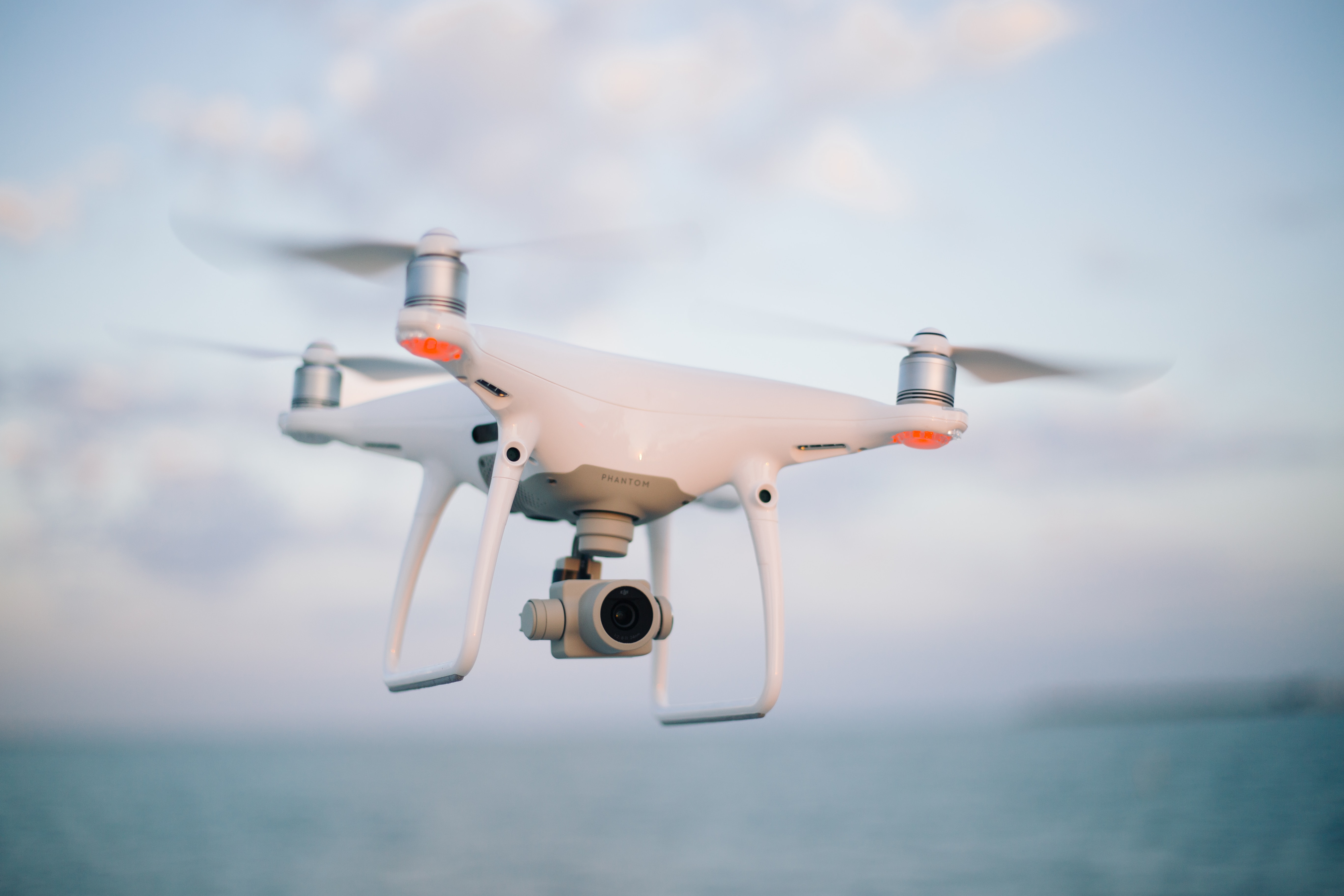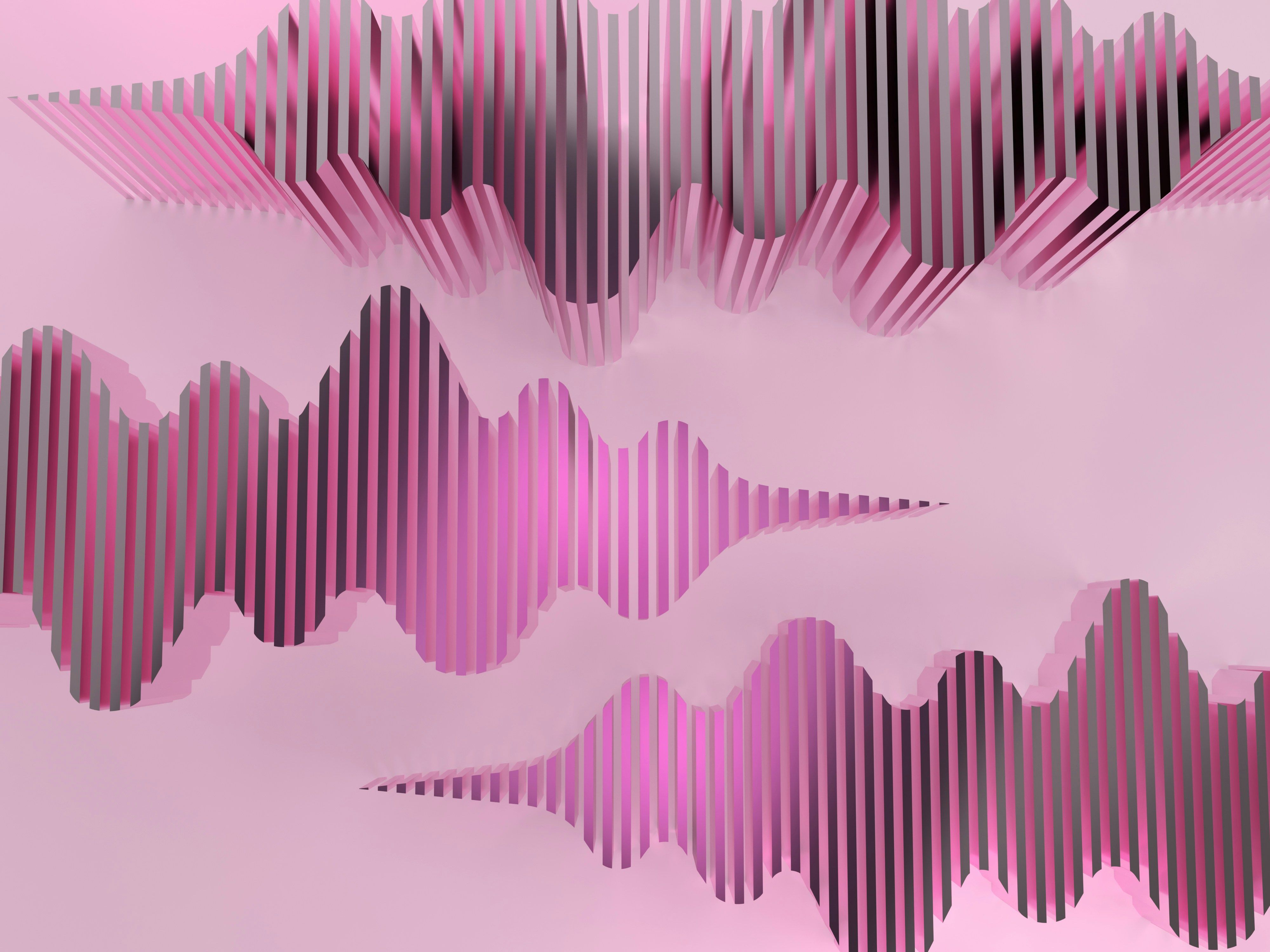Drone photography and the freedom of panorama
With the so-called panorama freedom, German copyright law allows the license-free use of images and videos of copyrighted works that are permanently located in public places. For some time now, there has been a legal dispute as to whether this freedom also applies to images taken with a drone. A ruling by the Higher Regional Court of Hamm (ruling dated 27.04.2023, Ref.: 4 U 247/21) has now provided a new basis for the discussion.
Background
The freedom of panorama is based on the fundamental idea that copyrighted works located in public places can be perceived by the general public at any time and the works are thus dedicated to the general public. They may then be used without a license and reproduced, distributed and publicly displayed as photos, images or videos. Commercial use is also permitted.
Drone photographs expand the possibilities of perception of buildings or works of art and, in particular, perspectives can be captured that cannot be perceived by the general public without technical aids.
Legal situation to date
There has not yet been a supreme court decision on this issue. In 2020, the Regional Court of Frankfurt/Main (ruling of 25.11.2020, Ref.: 2-06 O 136/20) decided that drone photographs are also covered by the freedom of panorama and justified this with a reference to European law. There, the exception to the freedom of panorama refers solely to the characteristic that the work must be located in a public place. This does not imply a restriction that the work may only be viewed without technical aids. In particular, the technical developments of recent years must be taken into account in the assessment, the Regional Court emphasized.
This decision had a symbolic character, but was nevertheless highly controversial.
The ruling of the OLG Hamm
The OLG Hamm now ruled differently than the LG Frankfurt/Main. In the second instance, they confirmed that, in their opinion, drone photographs are not covered by the freedom of panorama. This only applies to pictures made from public paths, streets or squares, but not from the air. The Higher Regional Court of Hamm thus sees itself in line with the Federal Court of Justice (BGH), which in the past already regarded pictures made with special aids such as a ladder or by removing protective devices as not covered by the freedom of panorama.
A license from the creator was therefore necessary for the use of the photographs. However, the judgment of the Higher Regional Court of Hamm is not yet final and is before the Federal Court of Justice in the next instance.
Outlook and practical advice
Now that the appeal has been lodged, the decision will be heard by the BGH, which will hopefully clarify the controversy .surrounding drone footage. Both sides have good arguments and the outcome remains exciting.
For drone users, this initially means continued caution in dealing with their drone photographs, especially if they are to be used commercially. With the ruling of the OLG Hamm, they now run the risk of being warned off for their photos or videos. This risk can be minimized by paying attention to what is recorded and later used. If copyrighted works are included, they should only be seen as an insignificant accessory.




